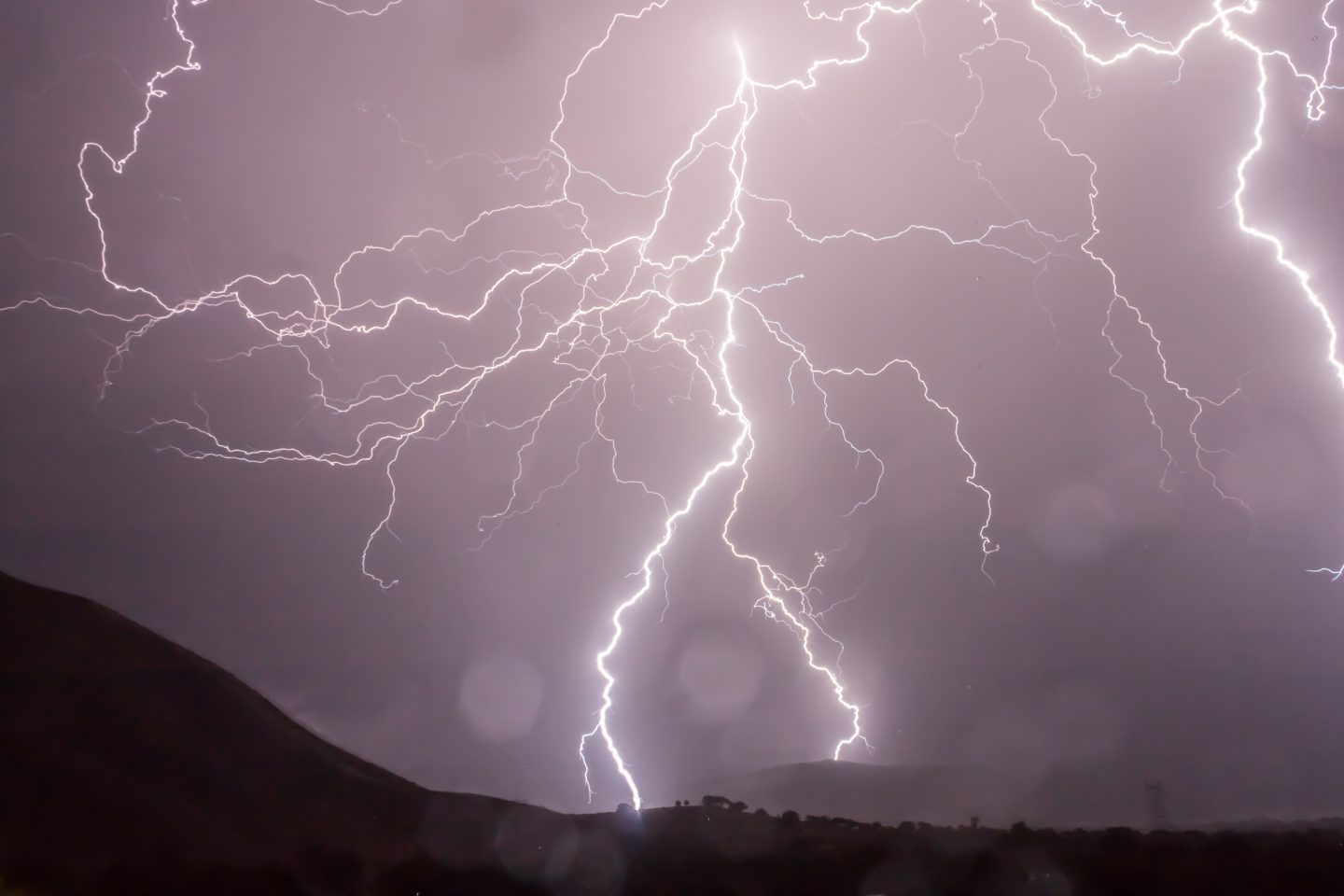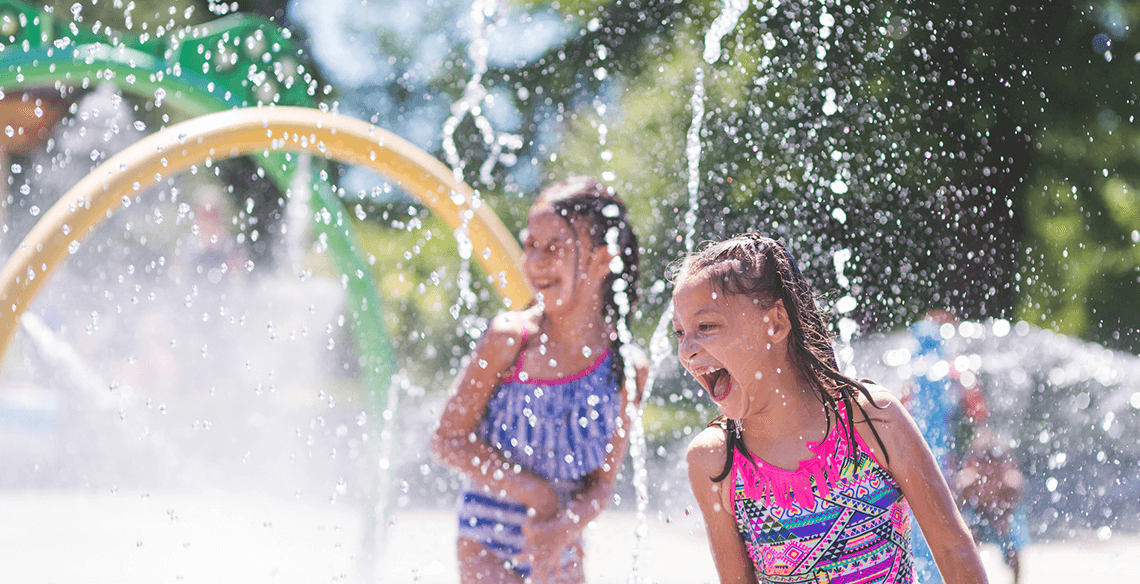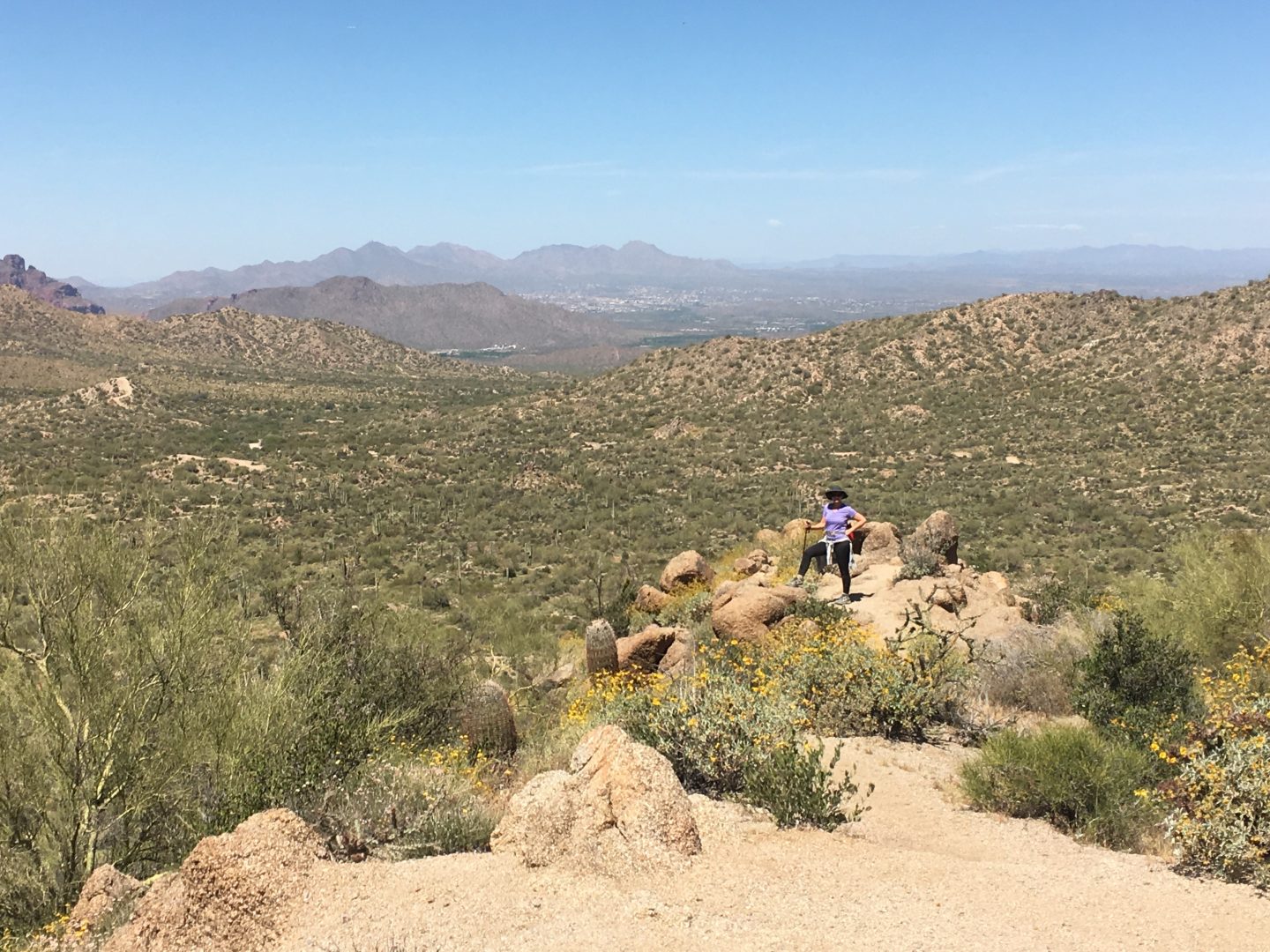Whether it’s the zombie apocalypse or a monsoon storm that knocks out the power for three days, it’s always smart to have an emergency preparedness kit.
Kit Guidelines
Before we get into what goes into a kit, here are a few things to keep in mind. Every family member needs to have their own kit. Every kit for the entire household should be stored in the same location for easy access. Kits should be reviewed on a regular basis to ensure that the contents are up to date and not expired. Everything in the kit should be able to fit inside a backpack that can be worn, so weight and space plays a huge factor when packing. The contents of the backpack should be enough to last you three days, 72 hours.
Kit Supplies
Emergency kits do take time and money to prepare. Here’s a budget of an average 72-hour kit.
Backpack: $50
First things first, you need a backpack to carry everything. An actual backpack is required, because in the event the emergency causes you to have to walk great distances, you don’t want to be stuck carrying a duffle bag or a suitcase. When choosing your bag make sure that it can hold everything that’s listed below. Emergencies don’t allow much room for a second bag. Make sure it’s comfortable to wear and if possible waterproof.
Food & Water: $275
Drinking water is essential. You’ll need one liter of drinking water a day, so three liters total. Keep each liter in its own container. This helps avoid accidentally drinking the next day’s supply of water as well as keeps your water safe, in the event one of the other containers spring a leak. (Three survival water bags $6.)
Pack a stainless steel army canteen ($20). Metal canteens can be used to boil water. You should also pack a water filtration device ($60), and some purification tablets ($10). Having a way to purify water is very important in the event that the emergency lasts longer than three days.
Canned food, while it has a long shelf-life, is too heavy and will weigh you down. A better option would be Meals Ready to Eat (MREs) or dehydrated camping meals. They are both lightweight, full of necessary nutrients, and can be easily stored. If kept in 70-degree temperatures, they can last around seven to 10 years. These meals, for a pack of 12, can cost around $100. Pack a handful of energy and candy bars for extra carbs and calories ($15).
One thing to keep in mind – if you pack dehydrated meals, extra water will need to be packed. Along with the food, pack a mess kit ($20). A mess kit is a camping all-in-one cookware. If the mess kit doesn’t have silverware, purchase a metal spork ($15). You’ll also want to pack a lightweight camping stove ($15) and three fuel canisters ($15 for three). One stove should be sufficient per household; however, if there are multiple people living in the home, pack a few extra fuel canisters.
Clothing & Shelter: $340
Stay away from cotton and blue jeans – both types of fabrics can absorb water very easily, which can make things very uncomfortable very quickly. For clothing pack:
- 2 pair of wool hiking socks – $8 per pair
- 2 pair of underwear – Save money and pack two pair you already own
- 1 pair of hiking pants – $35
- 2 shirts (one long sleeve, one short sleeve) – Pack shirts you already own to save some money
- 1 pair of comfortable, waterproof hiking boots – $80
- 2 jackets (one mid-weight and one warm rain jacket) – $35 and $75
- 1 heavy-duty military poncho – $30
- 1 hat with wide brim – $18
Other clothing items to consider: a base-layer thermal underwear ($15) and a warm fleece hat ($15) in the event the emergency occurs during a cold spell.
Tents and sleeping bags can take up a lot of space as well as add extra weight to your pack. A small tent and sleeping bag should only be packed if you have small children. Families with older children or no children at all should choose alternative shelter options, like:
- Survival blanket – $3
- 6’X10’ waterproof rip-stop nylon tarp – $15
- Wool blanket – $30
Tools & Supplies: $165+
A first-aid kit is a must have for every emergency preparedness kit. Whether you build or buy your first-aid kit, make sure it has plenty of bandages, gauze, alcohol pads, lip balm, and a suture kit ($25).
Fire is an important element to the emergency kit. The kit should include waterproof matches ($10), a windproof lighter ($10), fire steel ($10) and tinder. A good option for tinder is cotton balls soaked in petroleum jelly.
Pack a 10-inch, fixed blade survival knife ($20). Anything larger would be too bulky and cumbersome. These knifes can be used for a variety of jobs. The blade is strong enough to cut wood, while small enough for menial jobs around the camp.
A multi-tool will come in very handy in the event of an emergency. These tools can come with a variety of options. Make sure that the one in your pack has a Phillips- and flat-head screwdriver, pliers, knife and wire cutters ($20).
You’ll need at least two sources of light. One flashlight that can be used for lighting distances ($15) and another that can be used for around your camp ($10). For extra light, pack a few glow sticks ($1 each), candles ($1 each) and a headlamp ($15).
Since we never know when an emergency will strike, our phone battery could be in the red. That’s why it’s important to have a hand-crank, all-in-one emergency power bank. Not only can they charge your phone, they can also be used as a flashlight and AM/FM radio ($20).
Documents: $21
In a waterproof, sealable freezer bag store a government-issued ID such as a driver’s license or passport, Social Security card, medical information and important phone numbers.
Don’t rely on GPS technology. In the event of a major catastrophe your GPS system may not work. We have to go old-school and look at a physical paper map. Pack three separate, detailed maps ($7 each).
- Map of your city
- Map of your state
- Map of the whole United States highway system.
Total Cost: $850 – $1,000
Miscellaneous
The items listed above are the essentials. If your pack has extra room here is a list of other items worth packing:
- Two or three heavy-duty 30 gallon trash bags
- 200 feet of paracord/rope
- Spare batteries
- Bar of soap
- Bottle of hand sanitizer
- Binoculars
- $100 to $1,000 in cash
- Compass
- Duct tape
- Insect repellent
- Leather work gloves
- Machete
- Camping can opener
- Pad of paper and pencil
- Small fishing kit
- Knife sharpener
- Sewing kit
- Stakes (I wish it were steaks)
- Sunglasses that can double as safety goggles
- Toilet paper
- Travel toothbrush and toothpaste
- Whistle
There are many other items you could pack in your bag. What’s important is for you to think of what you’ll need to survive during an emergency. Sorry folks, your tablet and Xbox should not make the list.
Your bag will be unique based on you and your family’s needs. As long as you have the necessary items to survive while being stranded or evacuated during an emergency, that’s what matters. And keep in mind, in addition to putting together your own kit, today many large retailers sell a variety of ready-made emergency survival kits. So, check those out as well as a timesaving option.



